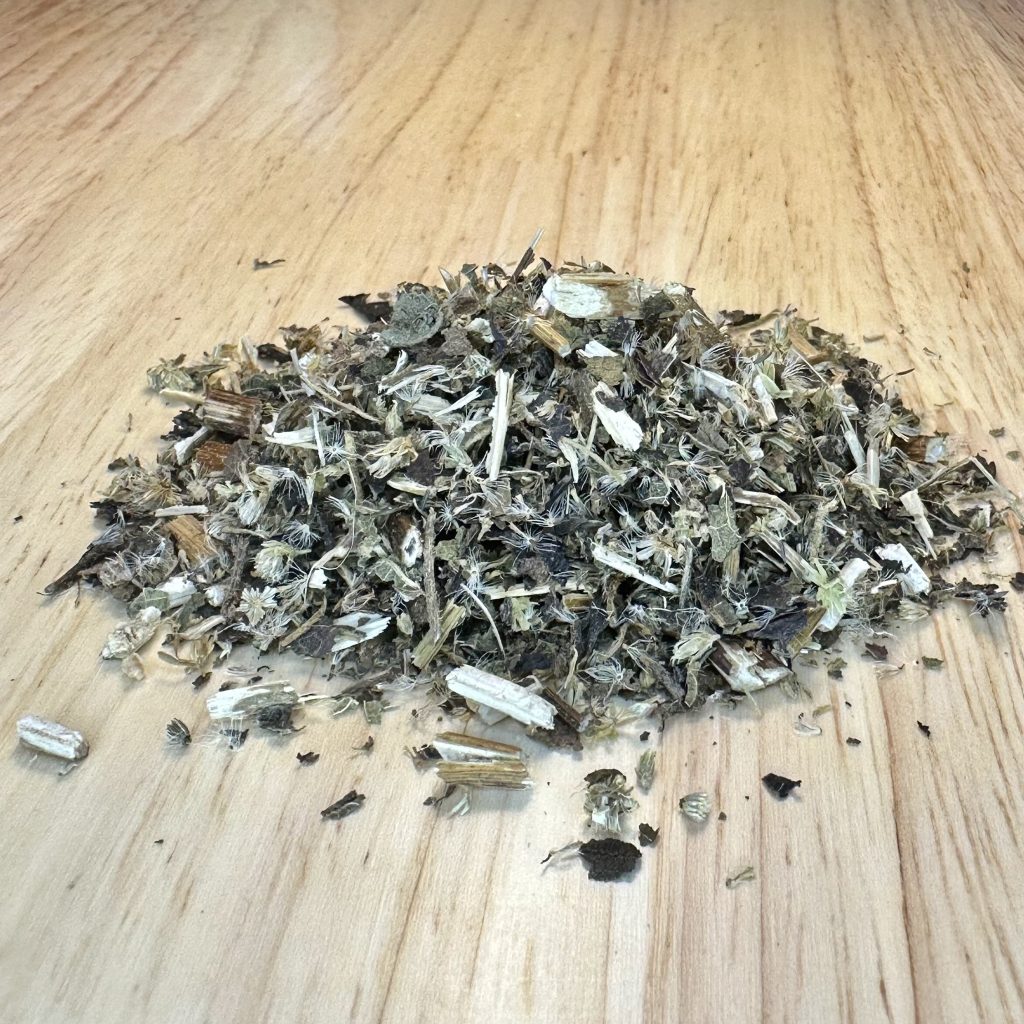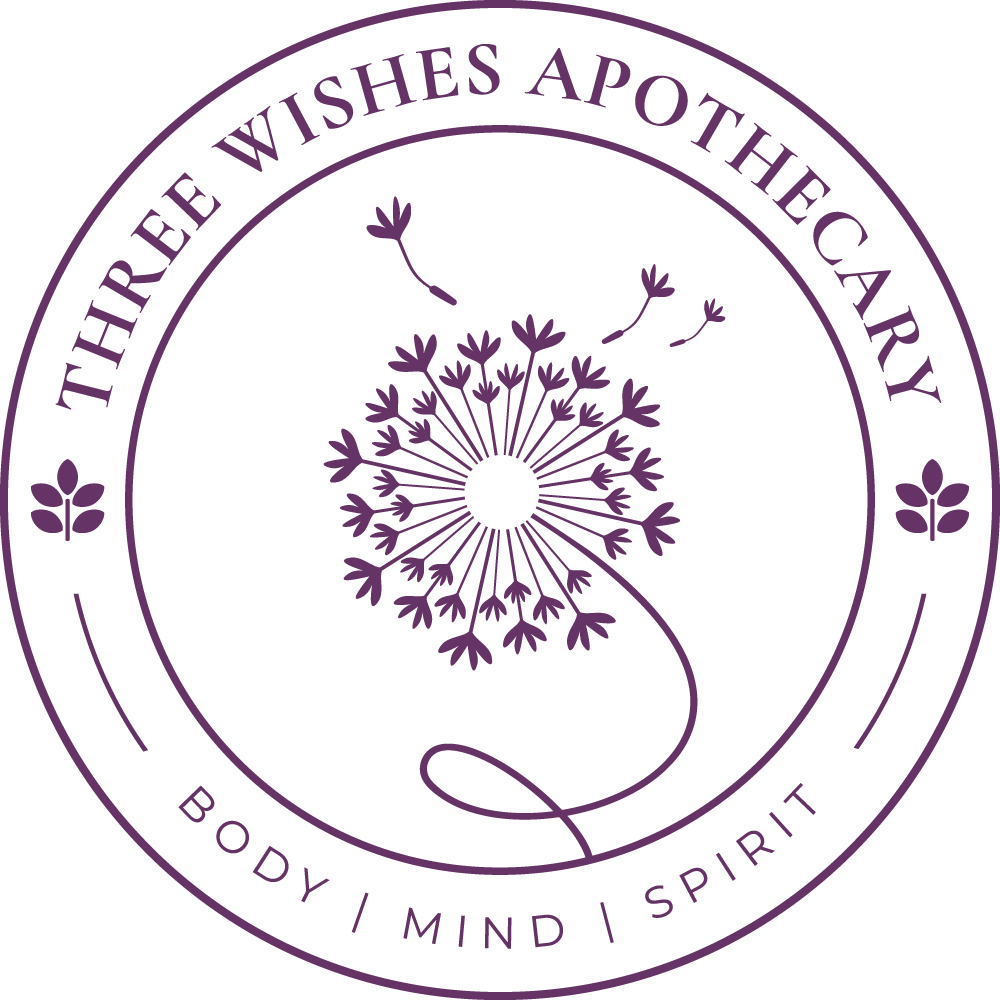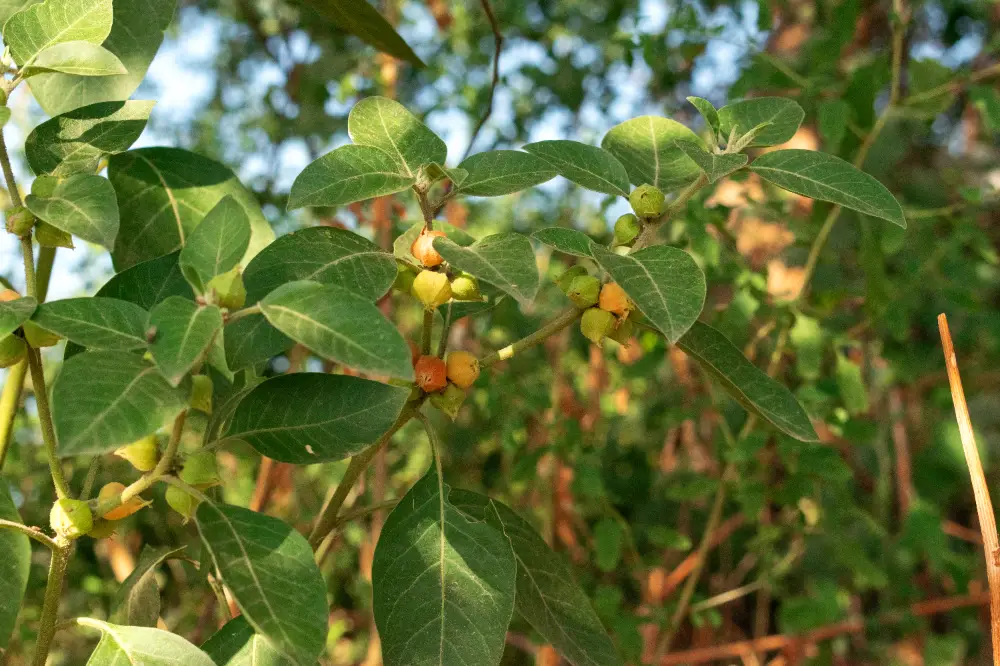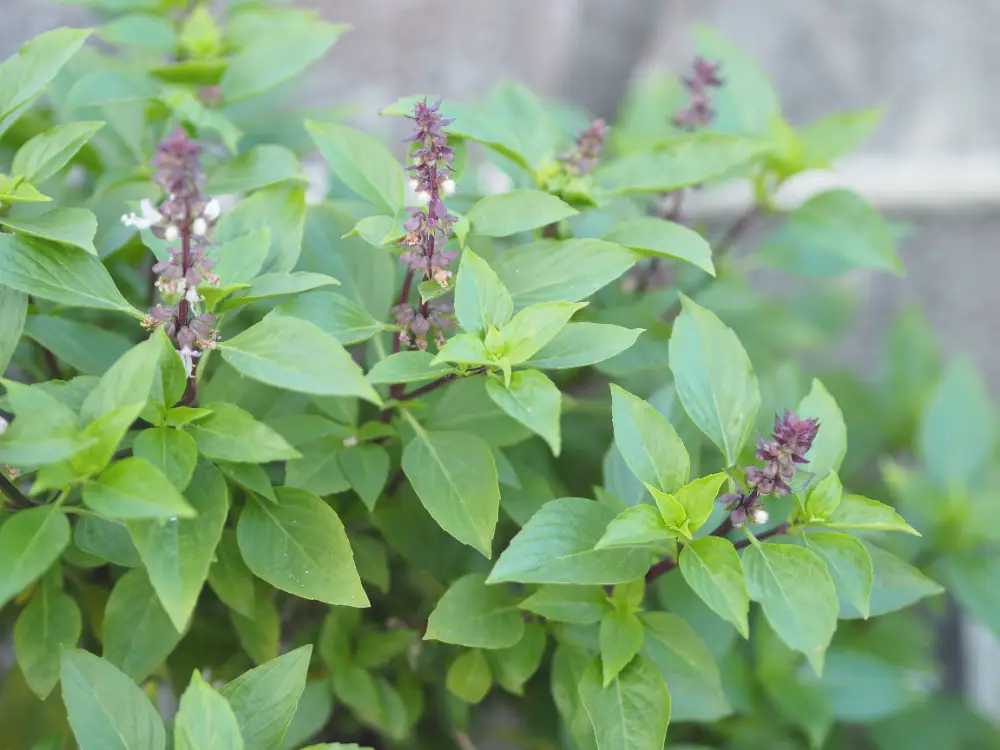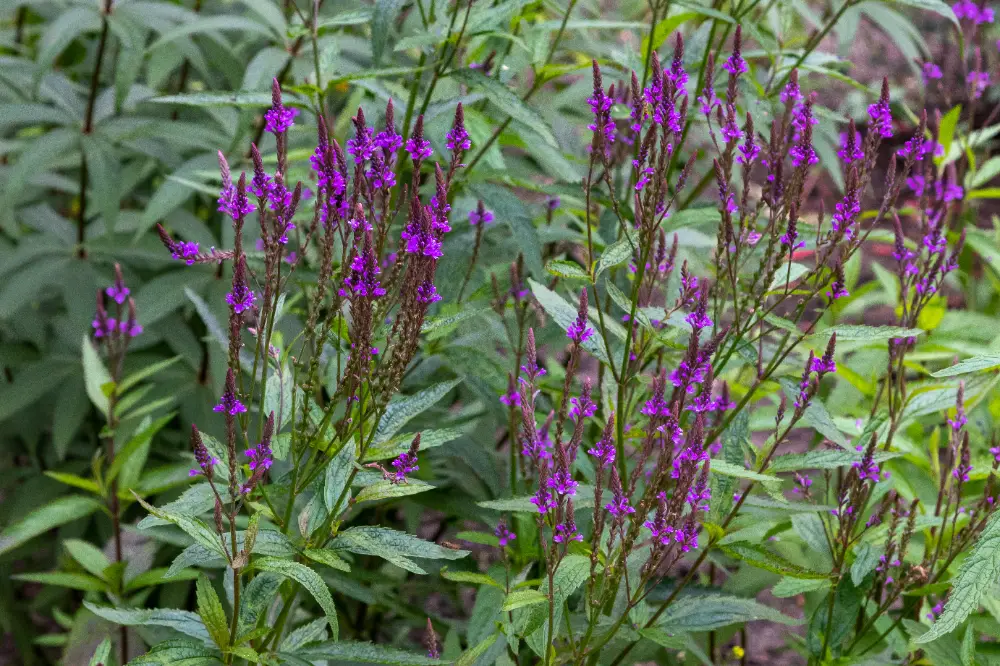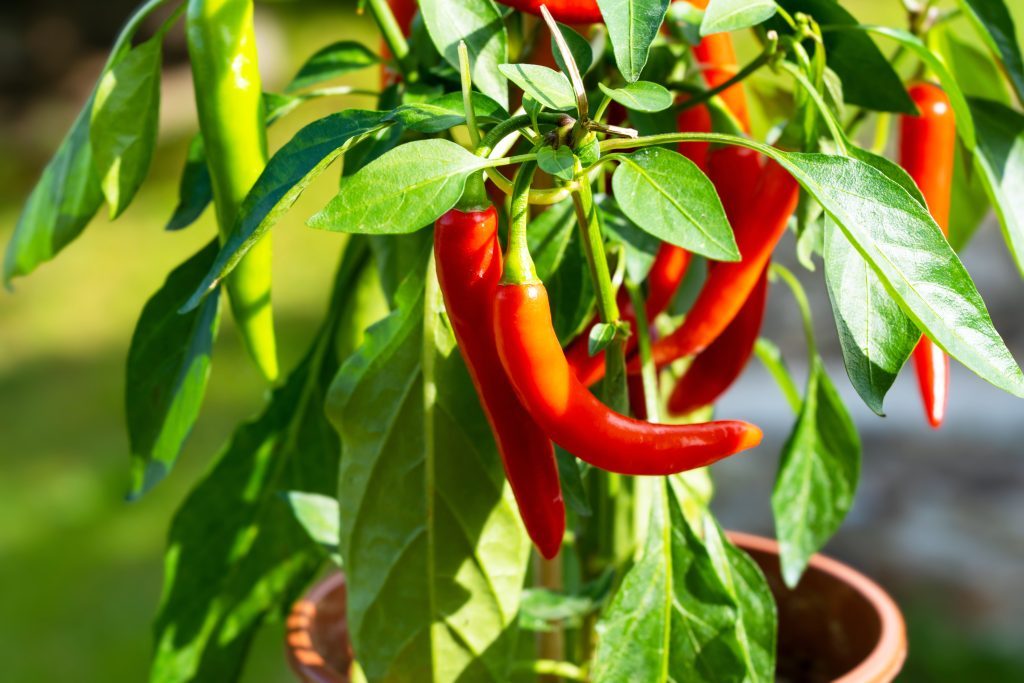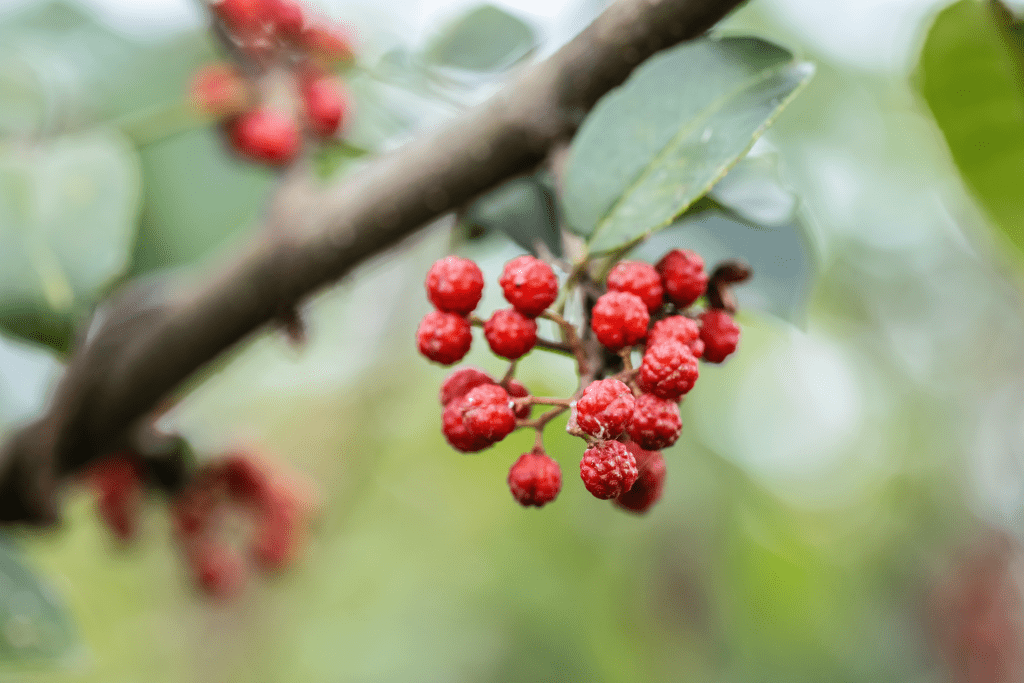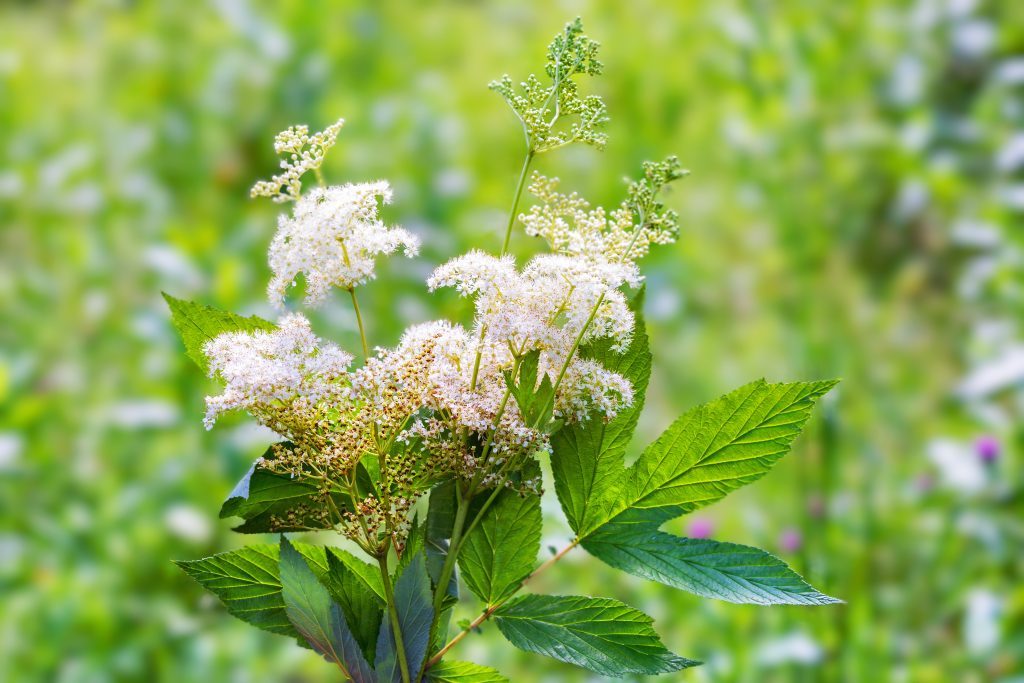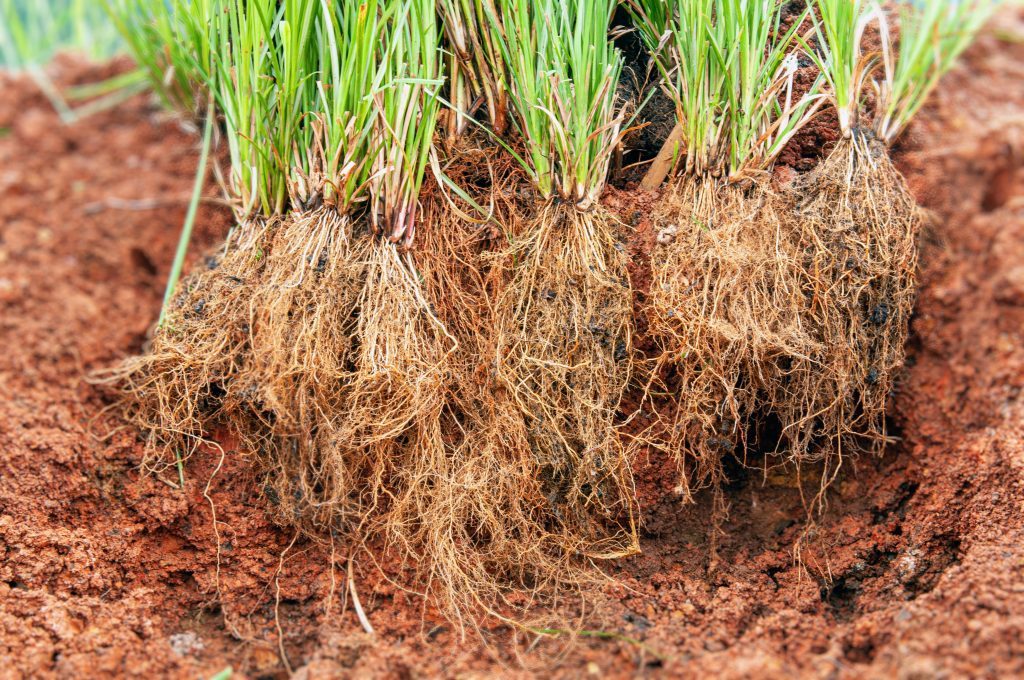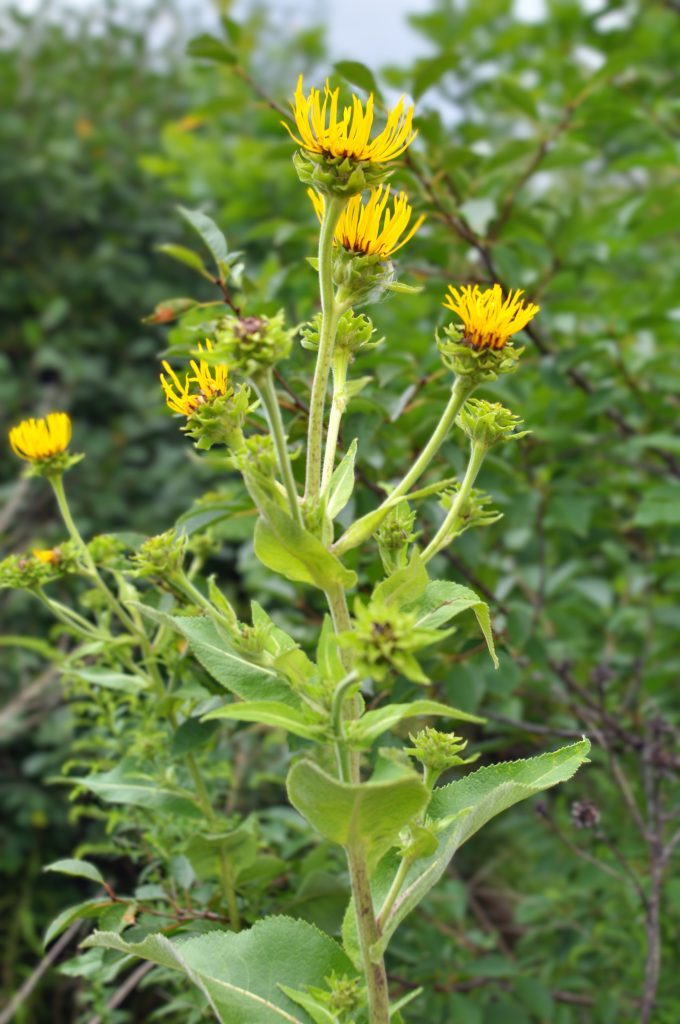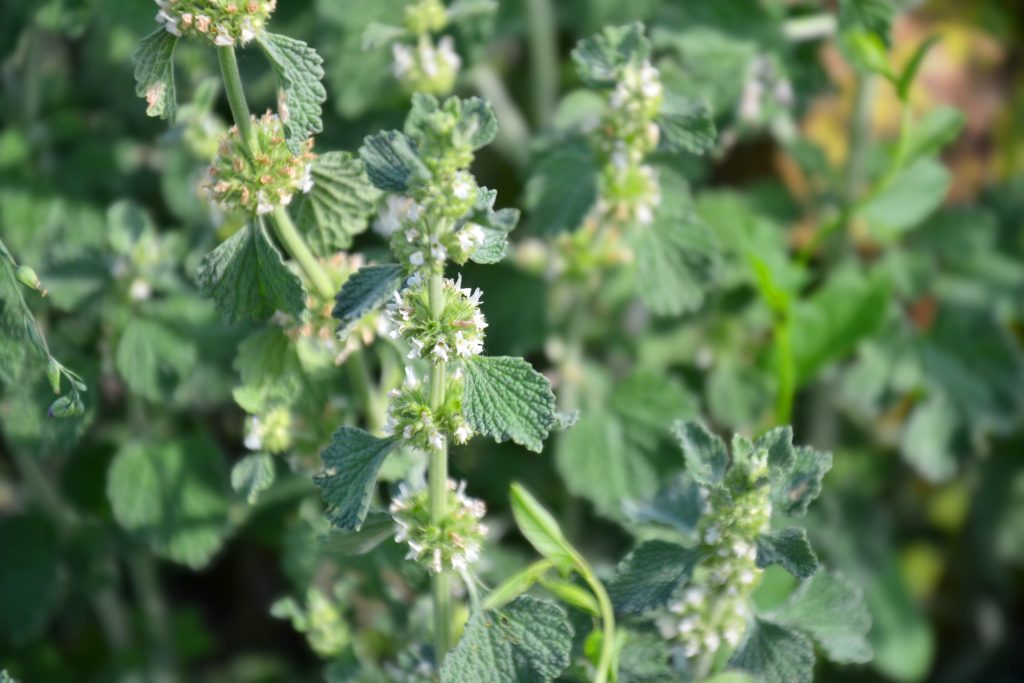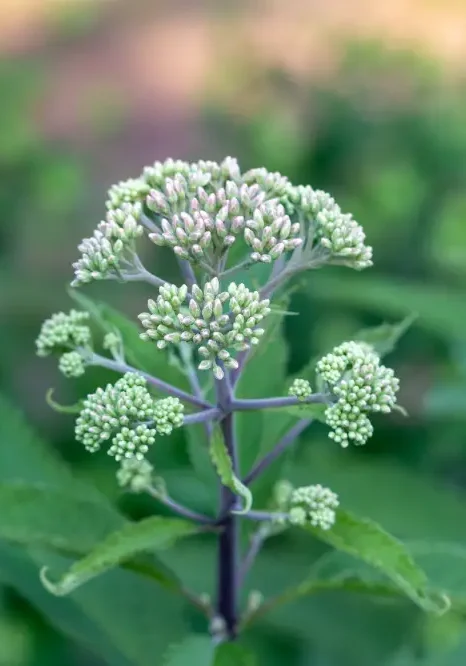
Boneset
Eupatorium perfoliatum
Asteraceae (Daisy family)
Traditionally used to treat colds, fever, and flu symptoms.
Other names:
Boneset, Ageratum, Thoroughwort, Agueweed, Indian Sage.
Superpower
Boneset is effective for individuals experiencing body aches (“bone-breaking” pain) that accompany fevers and flu, hence its name “Boneset.” It is also a supportive herb for managing immune responses and promoting faster recovery from viral infections.
Uses
- Fever Reduction (Febrifuge):
Boneset is primarily known for its use in breaking fevers. Historically, it was used to promote sweating, helping the body cool down during high fevers caused by the flu, colds, or infections. Its diaphoretic action makes it highly effective for reducing body temperature naturally. - Treatment of Influenza and Cold Symptoms:
Traditionally, Boneset was a key herb in treating influenza and severe colds. It helps to alleviate body aches, chills, and congestion associated with these conditions. Native American tribes, particularly the Delaware and Iroquois, valued Boneset for its ability to relieve the “bone-breaking” pain that often accompanies these illnesses. - Digestive Support:
Boneset was also used as a mild laxative and digestive tonic. It helps relieve constipation and is thought to support the liver, promoting detoxification and improving overall digestive health. - Anti-inflammatory and Pain Relief:
Due to its anti-inflammatory properties, Boneset has traditionally been used to relieve rheumatic pains and other joint discomforts. It is particularly beneficial for treating inflammatory conditions that affect the bones, joints, and muscles. - Immune Support:
Boneset has historically been used to boost the immune system, particularly during viral infections. It helps to strengthen the body’s defenses, speeding recovery and preventing the recurrence of illness.
Cautions
Liver Toxicity:
Use caution in liver disease and avoid long-term use due to potential toxicity conerns associated to alkaloids (pyrrolixidine type).
Pregnancy and Breastfeeding:
Boneset should be avoided during pregnancy and breastfeeding, as it may cause uterine contractions, potentially leading to complications. Its safety during breastfeeding has not been extensively studied, so caution is advised.
Anticoagulants:
Boneset may have blood-thinning effects, so individuals on anticoagulant medications such as warfarin should avoid it. Combining the two may increase the risk of bleeding.
Immunosuppressants:
Due to its immune-stimulating properties, Boneset may interact with immunosuppressant drugs, potentially reducing their effectiveness. Caution is advised for individuals undergoing treatments that suppress the immune system.
Gastrointestinal Sensitivity:
Boneset, as a bitter herb, may cause gastrointestinal upset, including nausea, vomiting, or diarrhea, particularly in individuals with sensitive stomachs.
Allergic Reactions:
Individuals with allergies to plants in the Asteraceae family should avoid Boneset, as it may cause allergic reactions such as skin irritation or respiratory issues.
Known Chemical Constituents
Pyrrolizidine Alkaloids:
Compounds that can be toxic to the liver in large doses or with prolonged use. These alkaloids are responsible for the potential hepatotoxicity of Boneset when used over long periods or in high concentrations.
Sesquiterpene Lactones:
Known for their anti-inflammatory and immune-stimulating properties, sesquiterpene lactones contribute to Boneset’s ability to reduce inflammation and support immune function.
Flavonoids (quercetin, kaempferol):
Powerful antioxidants that help reduce oxidative stress and support the immune system. These compounds are also believed to contribute to Boneset’s anti-inflammatory effects.
Polysaccharides:
These compounds have immunomodulatory effects, helping to stimulate the immune response and support the body’s ability to fight off infections.
Tannins:
Known for their astringent properties, tannins help tone tissues and reduce inflammation, particularly in cases of digestive issues or respiratory infections.
Botanical Description
Plant Type:
- Perennial herb, growing between 0.6 to 1.2 meters (2 to 4 feet) tall.
Leaves:
- Opposite, lance-shaped, and perfoliate, meaning the stem appears to pass through the center of the leaf. Leaves are wrinkled and hairy, giving the plant a rough texture.
- The leaves are 3 to 6 inches long and slightly serrated at the edges, with a strong, bitter taste.
Flowers:
- Small, white or pale lavender flowers grow in dense, flat-topped clusters at the ends of stems. Each cluster is made up of numerous tiny, tubular florets.
- The blooming period occurs from late summer to early fall (August to October), attracting a variety of pollinators.
Stem:
- The stems are sturdy, hairy, and can be branched or unbranched. The stems give the plant its characteristic appearance as they pass through the leaves, a unique feature of Eupatorium perfoliatum.
Root System:
- The plant has a fibrous root system, allowing it to thrive in moist to wet soils.
Habitat:
- Boneset is commonly found in moist meadows, wetlands, riverbanks, and marshes across North America.
Fun Facts
Boneset gets its name from its historical use in treating “breakbone fever,” which was a term used to describe the severe body aches and pain associated with dengue fever. People believed the herb could “set” the bones and relieve the intense pain, hence the name “Boneset.” Despite this, it doesn’t actually heal broken bones but rather helps alleviate fever and pain symptoms associated with viral infections.
Parts Used
Aerial
Harvest
Best Time to Harvest:
Boneset is best harvested during the late summer to early fall when the plant is in full bloom. This is the time when the aerial parts, especially the leaves and flowers, contain the highest concentration of active compounds. The leaves and flowers are typically harvested in August to September.
Parts Used:
The leaves and flowers are the most commonly harvested parts of Boneset for medicinal use. In some cases, the stems are also collected, but the roots are rarely used in modern herbal practices.
Harvesting Method:
Use sharp scissors or pruning shears to cut the stems just above the base of the plant, leaving enough for the plant to regrow. It’s best to harvest in the early morning after the dew has dried but before the heat of the day, as this is when the plant’s oils and medicinal compounds are most potent.
After harvesting, the plant should be dried in a well-ventilated space, away from direct sunlight. Drying can take 1 to 2 weeks depending on the humidity and temperature. Once dried, the plant material should be stored in airtight containers to preserve its medicinal properties.
Preparations
Infusion (Tea):
A common preparation involves steeping the dried leaves and flowers in hot water to create an infusion, traditionally used for treating colds, flu, and fevers.
Decoction:
For a stronger medicinal effect, a decoction can be made by simmering the herb in water for a longer period. This is especially useful for fever reduction and easing aches and pains.
Tincture:
A tincture made from the fresh or dried plant can be taken in small doses to address fever, flu-like symptoms, or digestive issues. Tinctures offer a concentrated and long-lasting form of the herb.
Poultice:
The leaves can be used to make a poultice, applied externally to soothe joint pain or inflammation associated with rheumatism.
Capsules/Powder:
Boneset can also be taken in powdered form or encapsulated for easy consumption. This method is typically used for immune support or inflammation relief.
Syrup:
Sometimes combined with other herbs, Boneset can be prepared into a syrup for coughs and congestion, often sweetened for easier consumption.
Sacred Rituals
You can incorporate Boneset into a modern practice by preparing a small tea infusion and setting an intention for healing and balance. As you drink the tea, visualize the herb helping to cleanse not just your physical body but also your energetic body, releasing any built-up tension or illness. Adding a small ritual of gratitude, where you thank the plant for its healing properties, completes the ceremony.
Affirmations
“I embrace the healing power of nature within me, releasing all that no longer serves my body, mind, and spirit. I trust in my ability to restore balance, to find strength through my challenges, and to rise with renewed vitality.”
Spiritual Associations
Boneset’s purifying properties were believed to extend beyond the body to one’s surroundings. It was often used in cleansing rituals to rid spaces of negative energy or to prepare individuals for healing ceremonies. This practice reflected the belief that illness could be caused or worsened by negative spiritual influences.
Functions
A substance or agent that helps reduce or eliminate excess mucus and inflammation in the respiratory system or mucous membranes.
Anti-rheumaticA substance or agent that helps prevent, alleviate, or manage symptoms of rheumatic conditions, including joint inflammation, stiffness, and pain.
DiaphoreticA substance or agent that promotes perspiration, helping the body regulate temperature, detoxify, and respond to fevers.
FebrifugeA substance or agent that reduces or alleviates fever, helping to regulate body temperature and promote comfort during illness.
Fever TreatmentRefers to substances, therapies, or practices used to manage elevated body temperature, reduce discomfort, and support the body’s immune response during illness.
Immune System SupportThe measures or substances that enhance or maintain the proper functioning of the immune system, helping the body defend against infections, pathogens, and diseases.
Influenza TreatmentSubstances, therapies, or practices aimed at alleviating symptoms, supporting the immune system, and reducing the severity and duration of the flu caused by influenza viruses.

